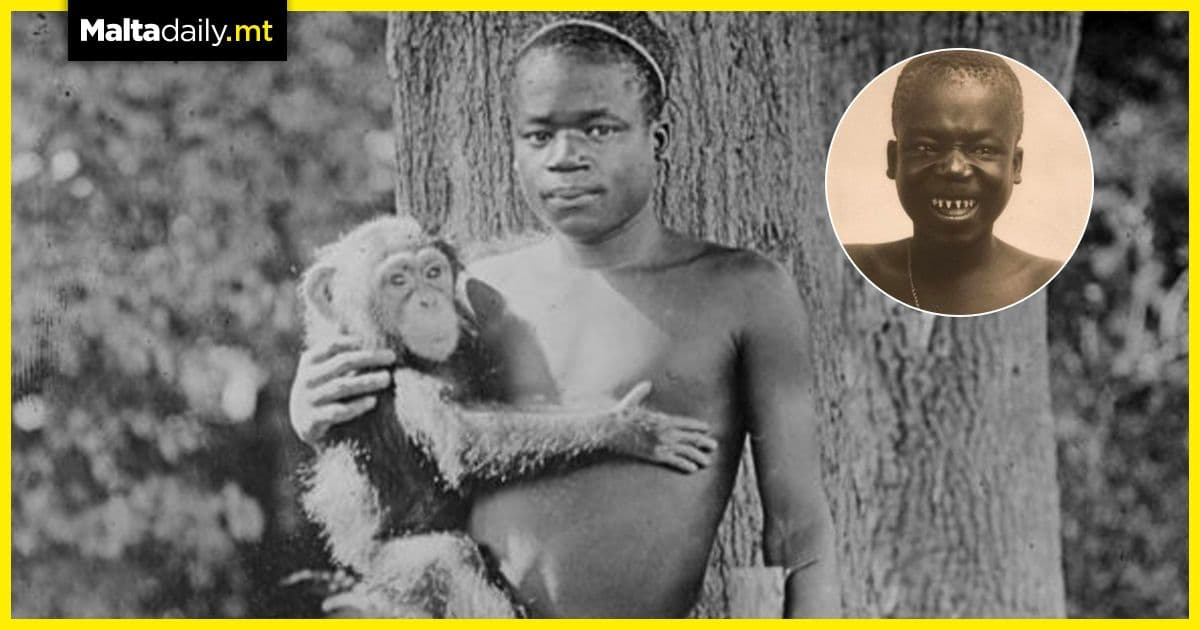The tragic life of Ota Benga

Young Ota Benga was placed in a zoo exhibit in the Bronx Zoo in 1906. His was a popular attraction, with myths surrounding his very existence as having originated from a tribe of cannibals. But how did Ota Benga come to be in this situation? His story, which unveils the worst of colonialism, racism and oppression, is one that deserves to be remembered.
Ota Benga was known (or more rather rumoured) to have been born as a member of the Mbuti people who resided near the Kasai River in what was then the Congo Free State. His people were attacked by King Leopold II of Belgium’s militia who were tasked with controlling the natives and exploit the supply of rubber in the Congo.
Benga was eventually discovered by American businessman and explorer Samuel Phillips Verner. Verner was tasked by the St. Louis World Fair to bring back an assortment of pygmies for an exhibition of ethnic peoples. Verner stated that he rescued Benga, but no accounts from Benga himself exist.
Benga was promoted as the ‘only genuine African cannibal in America’. HIs sharpened teeth were pointed out as being crafted for cannibalism, with Verner ‘rescuing’ him from the lifestyle and his eventual fate of being devoured by other people. Following this, Benga accompanied Verner when returning to the Congo. But the story does not stop there.
Benga was explained to have ‘not felt at home’ among the Batwa people and so ‘decided’ to return with Verner. He was eventually given residence in the American Museum of Natural History but caused ruckus by throwing a chair and attempting to escape. He was eventually taken to the Bronx Zoo in 1906.
William Hornaday, the director of the zoo, initially arranged for Benga to maintain the animal habitats. However, people seemed to take more notice of Benga himself and this resulted in Benga himself getting his own exhibition. It was littered with bones and the zoo encouraged him to shoot arrows from a bow he made.
After several controversies, Benga was allowed to roam around and eventually removed from the grounds and given to Reverend Gordon’s custody. He was placed in Howard Coloured Orphan Asylum, a church-sponsored orphanage. His teeth were capped and donned with American-style clothes. Unfortunately, World War 1 was just around the corner.
When the war broke out in 1914, returning to Congo became impossible. Benga was reported to have become depressed and on March 20th 1916, Benga built a ceremonial fire, chipped off the caps of his teeth and shot himself in the heart. He was around 32 to 33 years old.
#MaltaDaily


